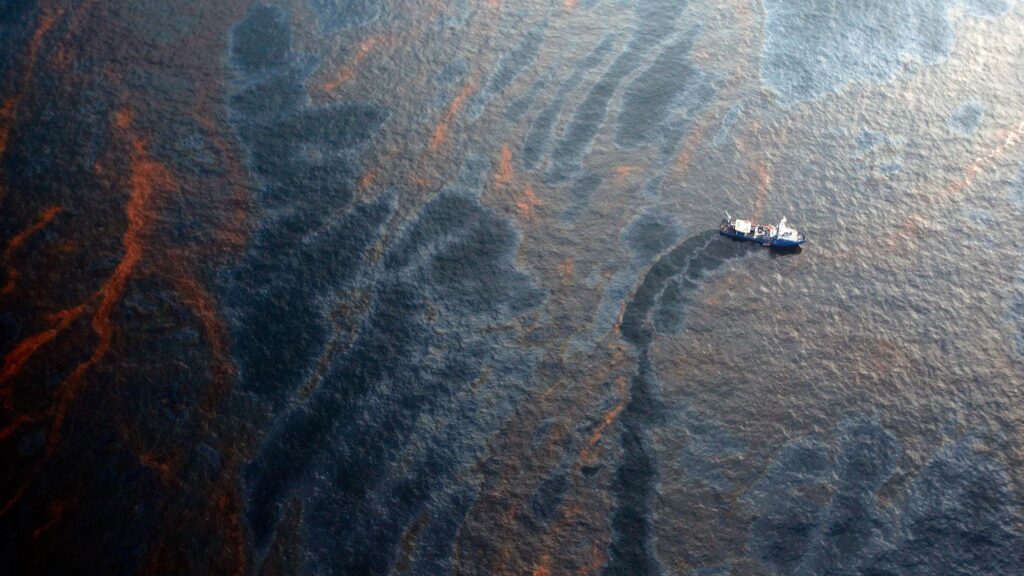OIL SPILL RESPONSE AND CLEANUP TECHNOLOGIES
Oil Spill Response and Cleanup Technologies
Introduction
Oil spills pose a significant threat to the environment, ecosystems, and human health. They can result from accidents during oil drilling, transportation, or storage. Rapid and effective response and cleanup are essential to mitigate the damage caused by oil spills. Various technologies and methods are employed to address oil spills, each with its own advantages and limitations. In this article, we will explore key technologies and strategies used for oil spill response and cleanup.
1. Containment Booms
Containment booms are floating barriers designed to corral and contain spilled oil, preventing it from spreading further. They are typically made of durable materials and can be deployed quickly around the spill area. Containment booms can help limit the environmental impact of an oil spill, but their effectiveness depends on factors like weather conditions and the type of oil spilled.
2. Skimmers
Skimmers are specialized vessels or equipment used to physically remove oil from the water’s surface. They can be deployed to collect and recover oil, which is then separated from the water. Skimmers come in various types, including drum skimmers, weir skimmers, and oleophilic skimmers. Choosing the appropriate skimmer depends on the spill’s size and type of oil.
3. Sorbents
Sorbents are materials designed to absorb oil, and they come in different forms, such as pads, booms, and powders. These materials adsorb the oil, making it easier to remove from the water’s surface. Sorbents are a versatile tool for oil spill cleanup and are often used in conjunction with other methods.
4. In situ Burning
In situ burning involves igniting the spilled oil, allowing it to burn on the water’s surface. While this method can be effective in rapidly reducing the amount of spilled oil, it produces air pollution and requires careful planning to prevent environmental damage and safety risks.
5. Dispersants
Chemical dispersants are used to break down oil into smaller droplets, which disperse throughout the water column. This helps reduce the oil’s impact on the surface environment and can facilitate microbial degradation. Dispersants are controversial, as their long-term ecological effects are not fully understood, and their use can have environmental consequences.
6. Biological Cleanup
Microbial bioremediation is a natural method for oil spill cleanup. Certain bacteria and microorganisms can metabolize hydrocarbons found in oil, aiding in its decomposition. Bioaugmentation involves introducing these microbes to the spill site to accelerate the cleanup process.
7. Mechanical Recovery
Mechanical recovery involves the use of specialized equipment to physically collect oil from the water. This can include vacuum trucks, specialized vessels, and other tools designed to efficiently gather and remove spilled oil.
8. Remote Sensing Technologies
Remote sensing technologies, such as satellites and drones, play a crucial role in monitoring and assessing the extent of an oil spill. They provide real-time data, which aids in decision-making and the deployment of cleanup resources.
9. Training and Preparedness
Effective oil spill response and cleanup require well-trained personnel and a coordinated, pre-established response plan. Regular training and drills are essential to ensure a rapid and efficient response to oil spill incidents.
Conclusion
Oil spill response and cleanup technologies have come a long way in mitigating the environmental impact of these disasters. The choice of methods and technologies depends on various factors, including the size of the spill, type of oil, and environmental conditions. While progress has been made in reducing the impact of oil spills, it is imperative to continue researching and developing more effective and environmentally friendly cleanup methods to protect our oceans and ecosystems from the devastating effects of oil pollution. Additionally, robust preparedness and training programs are essential to ensure a swift and coordinated response to oil spill incidents, minimizing their ecological and economic consequences.


